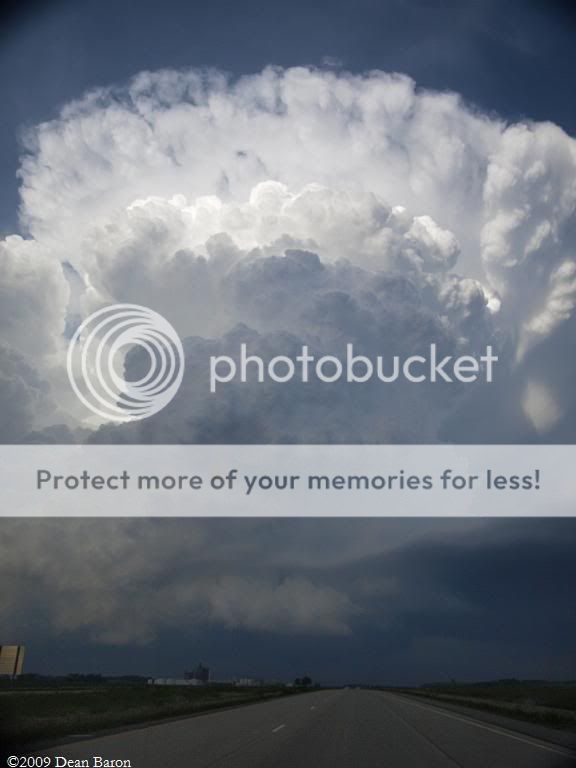Paul Austin
Began the day extremely disgusted with a vehicle fuse issue that cost us the early KS/NE border tornado producer. The fuse issue pretty much eliminated our data, live stream, navigation, and wasted a ton of time. I figured it's just a couple days' chase, so I foolishly left the old-school basics at home - under-appreciated things, like maps and such - never again. So, in the end, we went blind with some much appreciated nowcasting by my brothers, Marc and John, and fellow Gainesville chaser, Mike Robinett. The tech issues combined with a bad decision, a train, and two wide loads also cost us the first tornado of the Grand Island series. But ultimately, the trip payed off beautifully, as we were able to witness the reorganization of the cell as the earlier meso occluded, while observing some of the best structure I've ever seen, and that includes some pretty nice storms. The helical striations and detailed sculptings were just jaw-dropping. Then came the icing as we watched the Aurora tornado spin up, cross the road, strengthen, weeken, and then strengthen greatly as a nice straight elephant trunk before slamming a farm house and barn and crossing the road again. As we moved out away from the storm, I was surprised to find the structure had actually become even more spectacular. I don't think I've ever witnessed a more fantastic structure/tornado producing storm combo in my life. A rather satisfying chase, considering the difficulties and the throng of chasers along 34.
A few vidcaps follow:
Nub tornado with gustnado thingy

Two faint power flashes (lower right)

Farm house west of Aurora that would soon sustain heavy damage

Tornado takes aim, unfortunately

About to be engulfed. Debris is flying and falling nearby at this point

Beating a hasty retreat

Hope to get some photos up sometime next week.
A few vidcaps follow:
Nub tornado with gustnado thingy

Two faint power flashes (lower right)

Farm house west of Aurora that would soon sustain heavy damage

Tornado takes aim, unfortunately

About to be engulfed. Debris is flying and falling nearby at this point

Beating a hasty retreat

Hope to get some photos up sometime next week.
Last edited by a moderator:


























